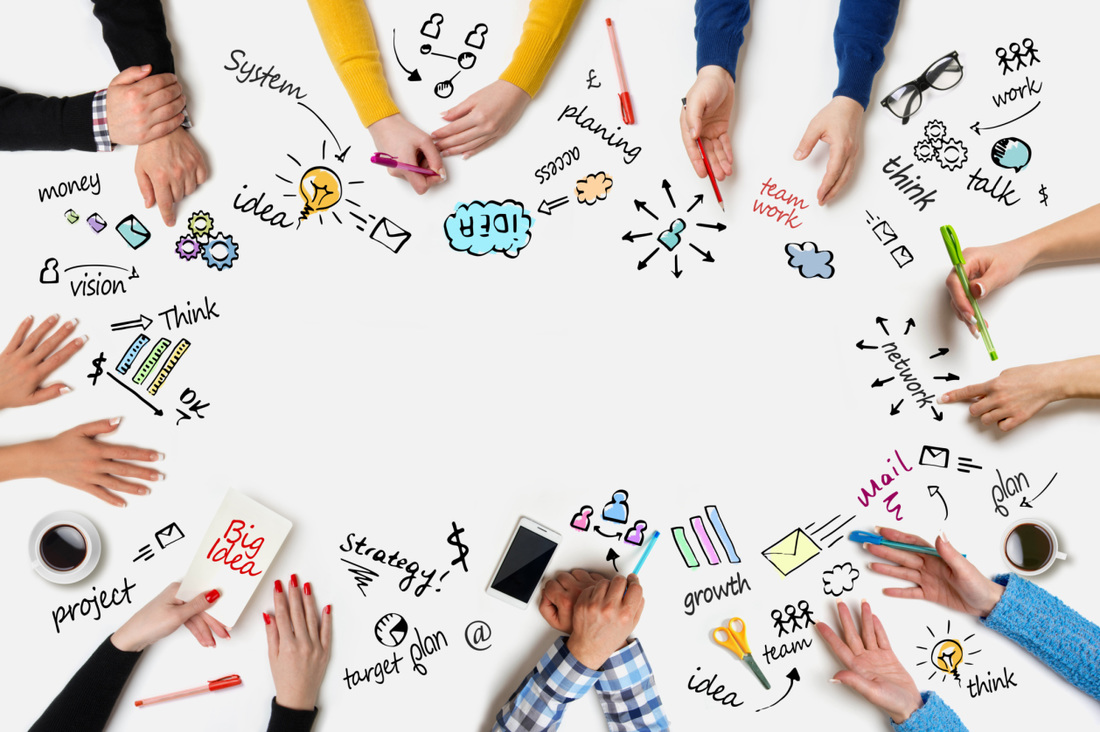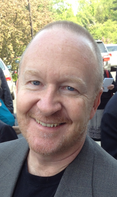|
As operational excellence professionals and solutions designers, we face the inevitable challenges of leading a series cross-functional working meetings. These meetings exist for a distinctive purpose and must be run in a distinctive way. They can either be great or they can be like Kryptonite. Typically these meetings are comprised of people who represent their respective function in the organization and we are the designated leader. The corporate champion of the cross-functional effort deems this group a "team" at a kick-off meeting and routinely vanishes, as she should, for the duration because of more pressing executive priorities. Team? Hardly. The reality is that at the onset the newly formed ensemble of free-agents is anything but a functioning team. This particular group has never worked together before. The aspirations of the effort rest on the shoulders of the leader at the onset. As the person leading this effort, it is imperative to address the immediate challenges to build and maintain engagement while actually getting things done. Wholehearted Meetings: The Buzzing of the Hive The ideal meeting is characterized by full engagement. You know it when you see it and it's a delight to lead and participate in meetings where you see people.
The tone of the meetings are characterized by a wonderful "buzzing of the hive" quality, as my friend and ally Gary Evans refers to it. I love these meetings. Half-Hearted Meetings: The DirgeIn contrast, the other kind of meeting is sheer drudgery and you can recognize it when you see people:
These meetings are agonizing. I would rather rush out on the campus lawn and empale myself prostrate on a sprinkler head than to have to lead or be part of these kinds of meetings. Really. Key Ingredients That Affect Team EngagementAs a leaders of these work efforts, we must do everything that we can to shift the atmosphere of these meetings. I offer the following key ingredients that a leader must intentionally manage in the meeting experience in order to get the design flywheel spinning:
These sound like platitudes. But, the responsibility is on us as leaders of these cross-functional work efforts to conduct them in a way such that people contribute their best and so that the organization benefits, learns and adapts from the work done by the group. Suggestions for How To LeadThere is no one silver bullet, however, over the years, I have developed a variety of techniques that have proven to contribute to a trusting, fun and higher-velocity meeting environment. Some of these might work for you. Things To Say (At the Onset and Often)
Things To Have
Things To Do
What's In Your Bag of Tricks?If you have found this to be helpful, have a comment, or if you have other ideas for that make for exceptional cross-functional meetings, I would love to hear from you.
- Chuck Subscribe to my free blog updates to receive content that vividly describes the techniques and leadership skills that embody the practice of agile design methods. The blog contains not only my ideas on the topic, but the insight of others who actively work and thrive wholeheartedly in the realms of collaborative creativity. I look forward to you joining us. It's going to be quite a journey.
1 Comment
Les
12/3/2015 01:40:51 pm
Excellent blog, Chuck! I have saved it and will share it with others!
Reply
Leave a Reply. |
Learn the Art of
Successful Agile Design
About Chuck Boudreau(boo'-dro) - I help people design solutions collaboratively using agile design methods. I have 30+ years of experience in designing software solutions and business processes, leading cross-functional process improvement teams as a business analyst, and helping product managers define and position products using Pragmatic Marketing. I am passionate about user experience design, dog training, beating drums in musical ensembles and collaboratively creating solutions with people.
Archives
April 2018
Categories
All
|
||||||||


 RSS Feed
RSS Feed